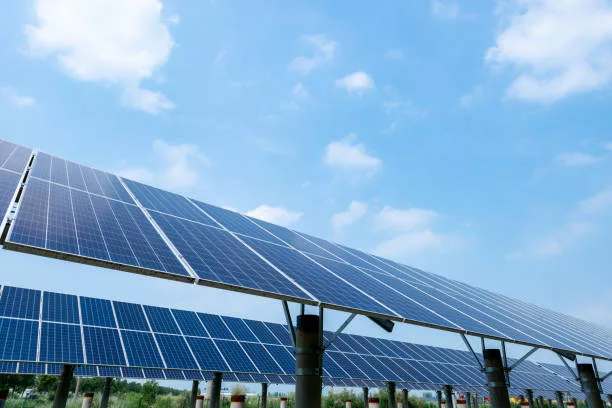The solar energy sphere is abuzz with excitement over a breakthrough in photovoltaic technology. Recent developments suggest the potential for solar cells to achieve an incredible 190% efficiency. While this might seem to defy energy conversion principles, it’s important to understand that there is more to efficiency than meets the eye.
The Mystical Boundary of Efficiency in Solar Cells
When it comes to harnessing solar power, the Shockley-Queisser limit has long been the benchmark for efficiency. Initially capped at 30%, this theoretical limit for silicon-based solar cells was later adjusted to a peak of 33.7%. Yet, thanks to innovative materials and complex designs, modern solar cells are surpassing that original boundary. In one example, the German Fraunhofer Institute pushed the envelope to a 47.6% efficiency with a multi-layered solar cell composition.
Beyond capturing light, some solar cells can also convert heat, adding to their overall efficiency. At Lehigh University, an ambitious team of researchers has embraced this approach. They’ve introduced a new solar cell design that achieves a staggering 190% external quantum efficiency (EQE) by utilizing both direct sunlight and the energy from reflected light and heat.
Deciphering External Quantum Efficiency (EQE)
To grasp the potential of this new solar cell, a nuanced understanding of quantum efficiency is crucial. As explained by MIT‘s Professor Tonio Buonassisi, quantum efficiency relates to the number of charge carriers (electrons) produced for each photon of light received, regardless of their energy levels. EQE specifically includes losses due to reflection, contrasting with internal quantum efficiency that adjusts for these optical losses.
Contrary to full conversion efficiency, reaching beyond 100% EQE is a feasible, if not increasingly common, feat in advanced photovoltaic materials. It is a metric that examines electron generation rather than how efficiently those electrons are turned into usable electrical power.
Why 190% EQE Ushers in New Solar Cell Horizons
The Lehigh University breakthrough revolves around a compound of germanium selenide and tin sulfide injected with copper atoms. This composition forms a two-dimensional quantum material demonstrating rapid response and impressive efficiency, paving the way for advanced solar energy conversion.
As exciting as this development is, it’s worth noting that the current strides in efficiency are on a material level, with the implementation into fully operational solar cells being the next frontier. The journey from innovative material to commercial solar power solution often involves extensive research and development, and this leap to 190% EQE is no exception.
Emerging Technologies and Solar Research at Lehigh University
Bridging innovative materials to practical applications, Lehigh University is quietly emerging as a significant player in energy research. Even though it may not command the same media attention as some larger institutions, Lehigh has already laid claim to significant advancements in the renewable energy domain. Its recent addition of a solar thermal concentrator at the Mountaintop campus signals an ongoing commitment to embracing and enhancing solar technologies.
The university has partnered with industry and internal departments to enrich its research facilities. These installations will serve as the foundation for several ambitious projects, including solar thermal energy and water splitting technologies.
Between these advances in solar cell materials and the commitment to solar research, Lehigh University not only contributes to the scientific community but also to a future where the potential of solar power may far exceed our current expectations.
